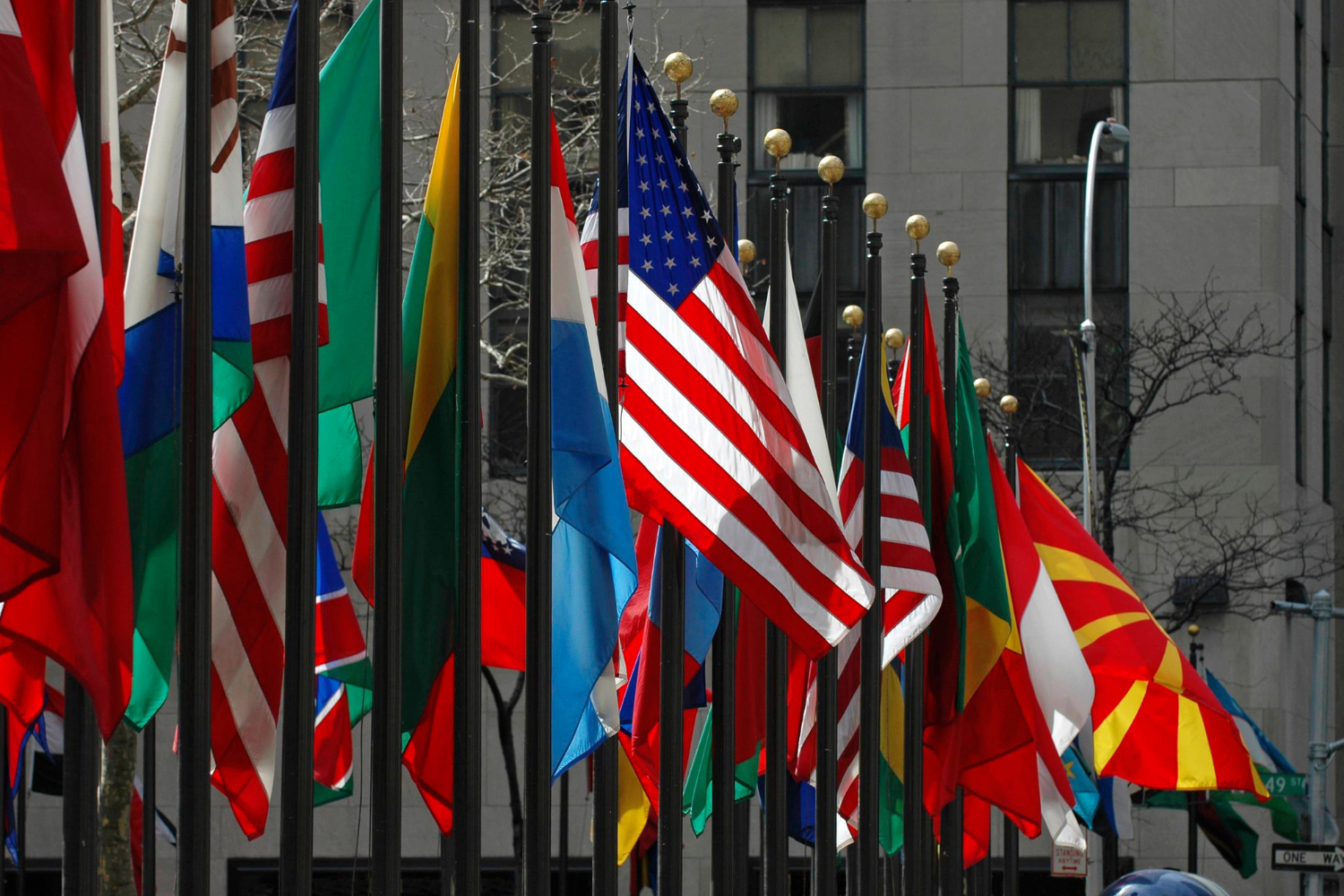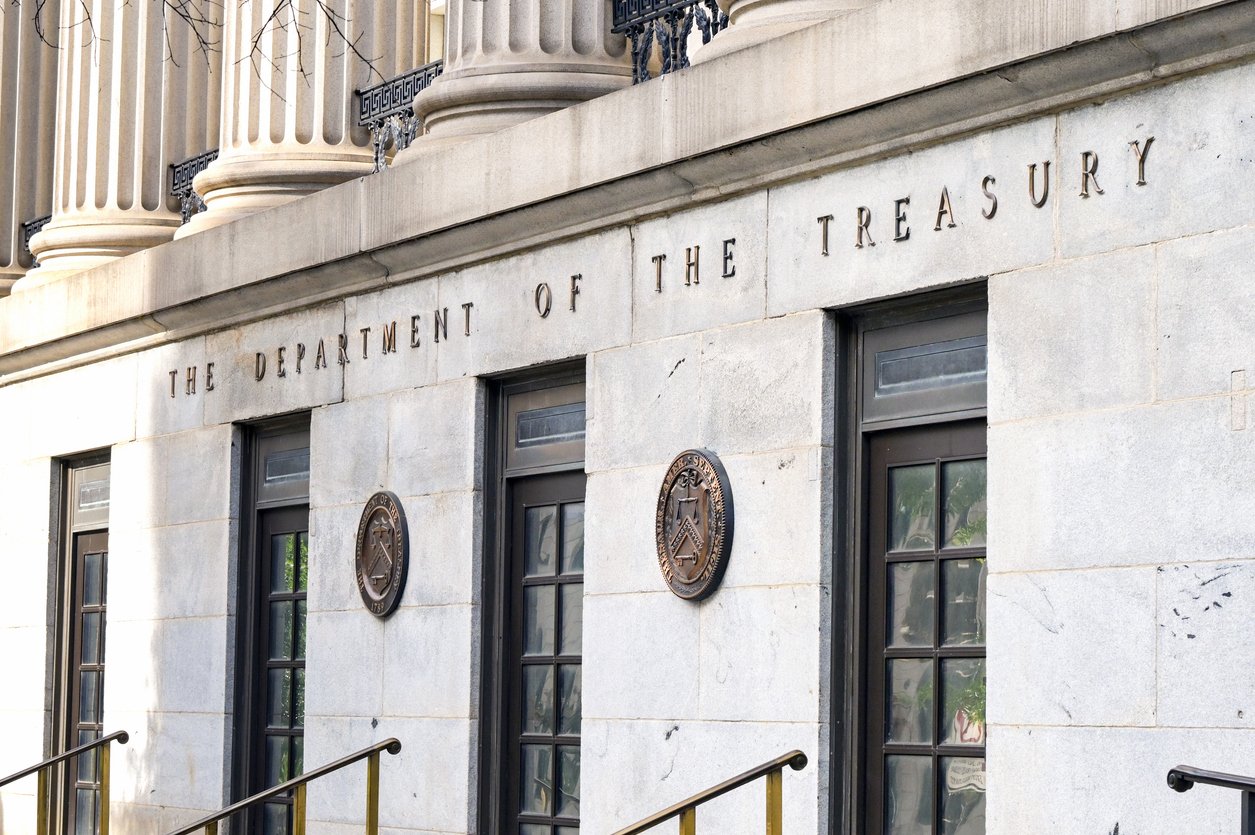Key economic and political factors that signal a nation’s financial vulnerability and risk potential.

Understanding the factors that contribute to a nation’s economic fragility helps identify risks before they escalate. Indicators such as rising sovereign debt, persistent inflation, currency volatility, and political instability all intertwine to affect a country’s financial health. Monitoring these signals, alongside unemployment rates and foreign investment trends, offers a clearer picture of economic stability. Authoritative sources like the IMF and World Bank emphasize the importance of assessing these interconnected elements to gauge long-term resilience effectively.
1. High levels of national debt relative to the country’s GDP.

National debt reaching high levels compared to a country’s GDP can herald economic instability. When debt surpasses sustainable thresholds, governments may struggle to service it, leading to potential default. This situation can trigger investor panic, causing them to withdraw funds rapidly.
Consequences of excessive debt include reduced government spending on essential services and increased borrowing costs. For instance, economies heavily dependent on foreign loans find it challenging to maintain infrastructure investments. Thus, prolonged high debt levels can stifle economic growth and development, affecting socioeconomic stability.
2. Persistent inflation rates that significantly reduce purchasing power.

Persistent inflation systematically erodes purchasing power over time. When inflation is chronic, consumers might find their wages incapable of keeping pace with price increases. This behavior diminishes overall demand, pressuring businesses and industries affected by reduced consumption.
Although inflation isn’t universally negative, prolonged high inflation without corresponding wage growth can exacerbate economic disparities. For example, while some sectors may thrive during inflationary periods, most average earners experience a reduced living standard, straining household budgets and leading to potential unrest.
3. A rapidly fluctuating currency causing unpredictability in trade.

A country’s currency volatility often reflects deeper economic anxieties, as rapid fluctuations can deter trade and investment. Exporters might hesitate to engage in agreements, fearing unfavorable exchange rates that could erode profits, while importers struggle with cost unpredictability.
When currency swings occur, countries face challenges in stabilizing exchange rates and maintaining economic credibility. Investors may pull back, perceiving additional risk, which can precipitate broader market uncertainty. Such environments demand robust monetary policies to avoid long-term economic fallout and regain investor confidence.
4. Weak government institutions with limited capacity to enforce laws.

Governments with weak institutional frameworks struggle to enforce laws effectively, resulting in limited economic stability. Ineffective institutions can lead to corruption and lax regulation, discouraging investment and hampering development. Businesses require stable environments to thrive and drive economic growth forward.
For fragile states, sustaining growth becomes difficult without strengthened governance and legal enforcement. When investors perceive high regulatory risk, they may hesitate to commit financially, worsening economic fragility. Ensuring enforcement and transparency within institutions is therefore crucial for fostering a supportive business climate.
5. Heavy reliance on a single export commodity for economic stability.

Dependence on a single export commodity can pose significant economic risks if international market prices drop unexpectedly. Countries with such reliance may face severe revenue shortages, impacting their ability to fund public services and infrastructure.
Commodities experiencing price volatility, like oil or minerals, make economies exposed to shifts in global demand. This dependency often results in revenue unpredictability, hindering the nation’s capacity to plan long-term economic policies. Diversification strategies become essential to buffer against sudden market changes and ensure sustained growth.
6. Limited foreign direct investment indicating low international confidence.

Low levels of foreign direct investment highlight reduced confidence in a nation’s potential for stable returns. When international investors consider risks too high, inflows diminish, leading to economic stagnation due to lack of capital for expansion or innovation.
Persistent low investment deters economic dynamism, impacting job creation and industrial development. Emerging markets, relying on external capital to drive growth, suffer pronounced setbacks under these conditions. Understanding investor concerns and enhancing investment frameworks can reverse such trends and attract needed financial support.
7. High unemployment rates affecting a large portion of the population.

When unemployment rates soar, significant portions of the population may struggle to earn a living. High unemployment typically indicates structural issues within an economy’s capacity to create jobs. Communities face diminished economic output and reduced spending power.
Extended periods of elevated unemployment can lead to social strain and increased government welfare responsibilities. Young people, facing limited job prospects, may delay major life decisions, affecting long-term economic stability. Tackling unemployment involves addressing mismatch issues and fostering industries with growth potential.
8. Sudden capital flight triggering shortages in national reserves.

Sudden capital flight indicates eroding confidence in a nation’s economic stability. Significant financial assets withdrawing rapidly can lead to liquidity crises, precipitating shortages in national reserves necessary for stabilizing the economy.
Countries experiencing capital flight must confront pressing challenges of restoring trust and rebuilding reserves. Policymakers may struggle to adjust fiscal policy abruptly to counteract the effects, leading to heightened economic vulnerabilities. Reinforcing confidence through sound policies becomes essential in preventing prolonged economic distress and sequential declines.
9. Frequent political unrest disrupting economic activities and growth.

Political unrest disrupts economic activities, often hindering growth and development prospects. When political environments become unstable, disruptions in commerce, services, and infrastructure developments occur, impacting an economy’s overall health and investor confidence.
Frequent unrest forces businesses to cope with unpredictable conditions, discouraging long-term planning and investments. Nations encountering political instability may see sharp declines in economic performance, resulting from hindered operations and appeals for stability. Fostering inclusive governance and facilitating dialogue can help mitigate the adverse impact of political disturbances.
10. Low levels of infrastructure development hindering business operations.

Underdeveloped infrastructure poses significant barriers to business operations, affecting transport, communication, and logistics. Poor infrastructure hinders trade efficiency, increasing costs and reducing global competitiveness for countries aiming to expand export markets.
When infrastructure lags behind, businesses face operational challenges that stifle innovation and growth. Economies with inadequate roads and electricity may struggle to sustain industrial activity, slowing economic progress. Investing in sustainable infrastructure ensures higher productivity and supports broader economic development efforts across regions.
11. Deficient social safety nets leaving many citizens vulnerable.

Limited social safety nets leave populations vulnerable to economic shocks and income disparities. Without adequate support, citizens face significant hardship during crises, challenging overall societal welfare and stability.
Economies lacking robust safety measures find it difficult to protect households against downturns. Poverty and inequality risk increasing, compounding social problems. Establishing comprehensive welfare systems ensures resilience through diverse safety mechanisms, promoting equitable growth and fostering social cohesion crucial for stability.
12. Poor credit ratings from global agencies signaling increased risk.

Poor credit ratings from global agencies serve as a red flag, denoting heightened financial risks for a nation. These ratings influence borrowing costs, often resulting in higher interest rates necessary for accessing international capital or renegotiating debt.
When credit ratings drop, countries face increased financial pressures, reducing capacity for economic restructuring. Negative perceptions exacerbate challenges in attracting investment and fostering economic confidence. Maintaining sound fiscal policies and transparent practices is crucial for upholding strong credit ratings and economic stability.
